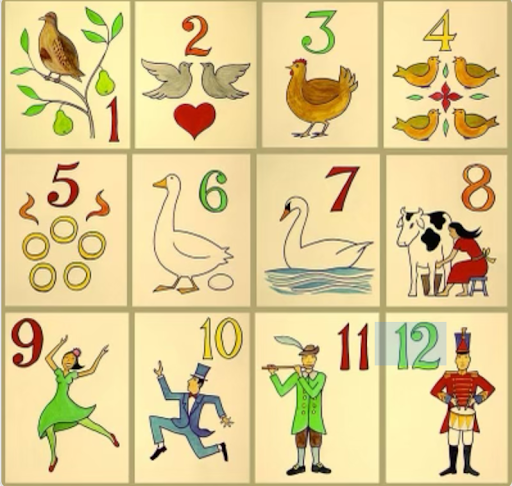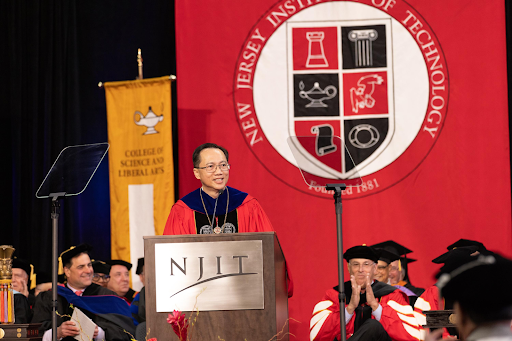Liberal Arts or STEM?
April 7, 2017
For those considering liberal arts education in college, the dreaded question often arises: what opportunities do humanities majors have in the “real world”? Are jobs available to those with social science degrees? Are non-STEM students going to be able to make a living?
A liberal arts education is a general education in which a student learns a wide range of subjects such as math, science, philosophy, and literature. The value of a liberal arts education has sparked debate in recent years. Especially as of now, when student debt is at an all-time high, it is harder for liberal arts graduates to pay off their loans. Moreover, a liberal arts major earns an average annual salary of only $26,272 compared to $31,183 annual salary of a professional major.
American academic culture has also gravitated towards STEM-related topics, meaning that there is a greater emphasis on math and science. In an age of technological innovation, STEM drives the economy and subsequently offers the highest salaries. This disparity can be partially attributed to the fact that STEM skills are often specific and professional, whereas liberal arts programs teach abstract and general knowledge.
Molly Weber ‘18 states that “people should pursue whatever makes them happy. Yes, maybe some of the majors listed under ‘liberal arts’ are atypical of millionaires, but I do not think anyone should be discredited for their preferences.”
Although liberal arts majors may face more challenges in employment, Weber reasons that many overshadowed opportunities exist. In fact, in the long run, the salary of a liberal arts graduate experiences a greater margin of growth as compared to a professional’s salary.
Further, liberal arts majors are well rounded and acquire advantageous skills. Ryan Cunningham ‘19 believes that “a liberal arts education is worth it because it gives students a chance to study a variety of subjects that allow them to view the world and its people through many points of view.” With a constantly shifting market, liberal arts majors can apply their knowledge in a wide scope of settings.
Ultimately, a liberal arts education has its pros and cons, but the individual student must weigh all factors. Ridge students should become more attuned to the need for well-rounded skills, as well as consider the benefits and limitations focusing on one area of study.










